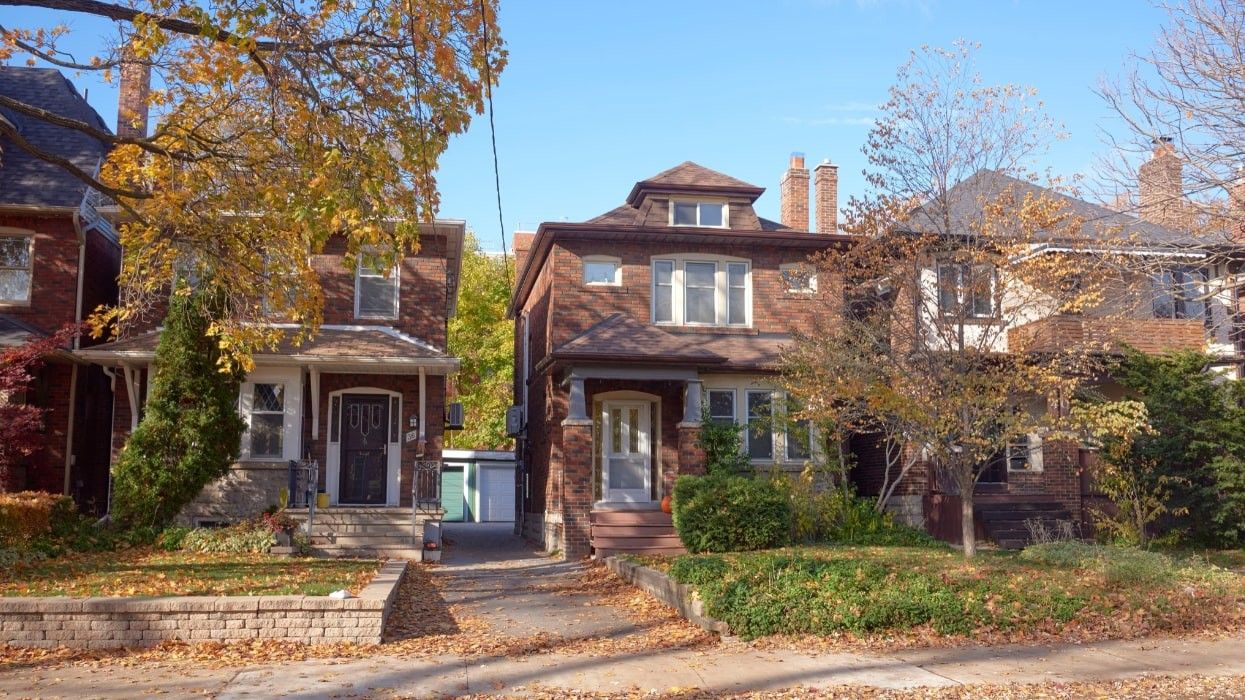High interest rates continued to cool Canada’s housing markets in October, a trend economists predict will persist well into 2024.
According to new data from the Canadian Real Estate Association, just 424,920 homes were sold across the country last month, a 5.6% decline from September. Nearly three-quarters of the sales gains seen during the Bank of Canada’s (BoC) interest rate pause this spring have reversed.
While new listings edged down 2.3% on a monthly basis, to 858,744 properties, they’ve increased by more than 30% since March. To Marc Desormeaux, Principal Economist at Desjardins, the trend signals that many homeowners who purchased in a lower-rate environment are now "struggling with sharply higher borrowing costs."
"Despite the drop in short-run supply in October, it’s clear that market sentiment remains much more pessimistic than it was just a few months ago," Desormeaux wrote in a recent economic update.
With new listings outpacing sales, the national sales-to-new-listings (SNLR) ratio eased to 49.5% in October, a 10-year low. In Ontario, the SNLR dropped to the lowest it’s been since the global financial crisis.
Buyers now have the upper hand in nearly half of the province’s local markets, including Toronto, Hamilton, St. Catharines, Barrie, Peterborough, and Kingston. As Robert Hogue, Assistant Chief Economist at RBC, put it, "Ontario leads Canada’s housing market cooldown," but other provinces are following suit.
Even Alberta, home to the hottest real estate markets in the country, saw sales drop 8.3% from September to October. Steeper declines were recorded in Edmonton and Calgary, though both remain in balanced territory.
With sales slowing across Canada, the Aggregate Composite MLS Home Price Index (HPI) fell 0.8% on a monthly basis in October, to $745,800. The decline follows a 0.4% dip in September.
In Ontario, the aggregate MLS HPI dropped 1.4% to $897,800, marking a third straight month of decline. Albeit just 0.1%, British Columbia experienced its first price decline in seven months, with the aggregate MLS HPI falling to $997,000.
Although prices continued to rise in the majority of other provinces, including Alberta, Quebec, and Nova Scotia, as the two priciest provinces, Ontario and British Columbia, have an outsized influence on the national average home price. Rishi Sondhi, Economist at TD, "strongly" predicts that both markets will see subsequent declines in the coming months.
"The data very clearly continue to show a Canadian housing market weakening under the weight of stretched affordability and the cumulative effects of sharply higher interest rates," Desormeaux said.
Desormeaux, Hogue, and Sondhi expect the weakness to persist, with activity remaining relatively quiet and prices continuing to decline well into next year on a national level.
Although the BoC appears to have finished hiking interest rates, buyers are unlikely to rebound as they did in the spring, given the "higher for longer" environment. Any "meaningful turnaround" in the market won’t occur until cuts begin in 2024.





















